LGBT+ Dictionary
Nowadays, there are many variations of gender and sexuality that people can use to feel comfortable in their identities. I understand that all these new terms and pronouns can feel overwhelming, but it’s important to learn them so that everyone has the equal opportunity to feel accepted and respected.
So, I asked my peers to help me compile a list of LGBT+ words that they would like people to be educated on, so here is my best shot at a LGBT+ dictionary! I wanted to create something that anyone can benefit from and refer to, so these are words I think people frequently struggle to understand. My intention is that this dictionary can help spread awareness throughout Dakota and our community as it promotes the acceptance of all people.
First, the most common terms:
Lesbian: A woman who only experiences attraction to other women
Gay: A man who only experiences attraction to other men. *
Bisexual (Bi): A person who experiences attraction to more than one gender.
Transgender (Trans): A person who does not identify with the gender they were assigned at birth.
*“Gay” is often used as an umbrella term to describe anyone who experiences same sex attraction.
These are some more specific terms and labels about sexuality:
Queer: An umbrella term that each person can define in their own way.
Pansexual (Pan): A person who experiences attraction to all genders.
Asexual (Ace): A person who does not feel sexual attraction. *
Aromantic (Aro): A person that does not feel romantic attraction. *
*A person can be both, or just one. Being Ace and/or Aro doesn’t automatically mean that person experiences same sex attraction either, you can be heterosexual and Ace and/or Aro.
These are some more specific terms and labels about gender:
Non-Binary (“Enbie”): A person who identifies as neither man nor woman, but somewhere in between.
Agender: A person who identifies with no gender, so they just don’t have one.
AFAB: Assigned female at birth.
AMAB: Assigned male at birth.
FTM: Female to male (used to describe a trans person). Also known as “transgender man”.
MTF: Male to female (used to describe a trans person). Also known as “transgender woman”.
Transitioning: The changes a transgender person might make so that their body matches their gender. This looks different for every trans person, but examples of these changes can include appearance changes, a new name, binding, Hormone Replacement Therapy, and gender affirming surgeries.
Deadname: The name a trans person was given at birth that they no longer use.
Misgender: When a trans person is referred to by their former pronouns.
Gender Dysphoria/ Dysphoric: The uncomfortable/ distressing feeling from being born in the wrong body. (Example: “Im feeling dysphoric today because my mom used my deadname.)
Gender Euphoria/ Euphoric: The excited/ happy feeling when your gender is validated and accepted. (Example: “My teacher used the right pronouns today so I’m feeling euphoric.”)
Cisgender: A person who does identify with the gender they were assigned at birth.
“Cishet”: Slang used to describe a person that is both cisgender and heterosexual.
Androgynous: This is an adjective to describe a persons mannerisms or style as being non-gendered. It is not a gender.
Pronouns can be quite complex, so here are different types of pronouns and how to use them:
Binary Pronouns:
- She/her/hers
- He/him/his
Non-Binary Pronouns:
- They/them
- Example: Is Syd staying for dinner? Ask them what toppings they like on pizza.
Neo-pronouns:
Neo-pronouns are technically non-binary pronouns; however, they are less common and come in more variation.
- Zi/zir/zirs
- Xe/xem/xyr
- Example: Zi/Xe doesn’t like olives on zirs/xyr pizza.
Finally, I want to explain a common misconception about biological sex and how it relates to gender:
Biological sex: This is the chromosomes a person was born with; they can be XX, XY, or a combination of those two, which would make that person Intersex.
- Intersex: A person born with both male and female chromosomes and a combination of male and female reproductive anatomy. (Intersex people used to be labeled “hermaphrodite”, but that word is used to describe animals and plants and therefore it was de-humanizing, so Intersex is now used.)
Gender: This is the identity a person presents to the world, the identity that the person knows they are, despite their biological sex. While there are a limited number of biological sexes, there are an infinite number of genders because it is individual to each person. Think of gender as a spectrum, every person can lie somewhere different on that spectrum.
I sincerely hope you benefited from this dictionary. I will be continuing to write LGBT informational stories, so stay tuned!
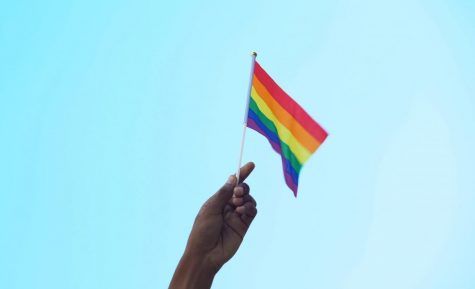
Your donation will support the student journalists of Dakota High School. Your contribution will allow us to purchase equipment and cover our annual website hosting costs.
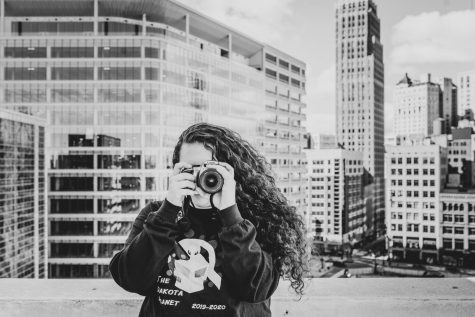
Katie Kraemer (they/them) is a senior, the Director of Newspaper Photography, occasionally an impassioned political writer, and an overall lover of the...


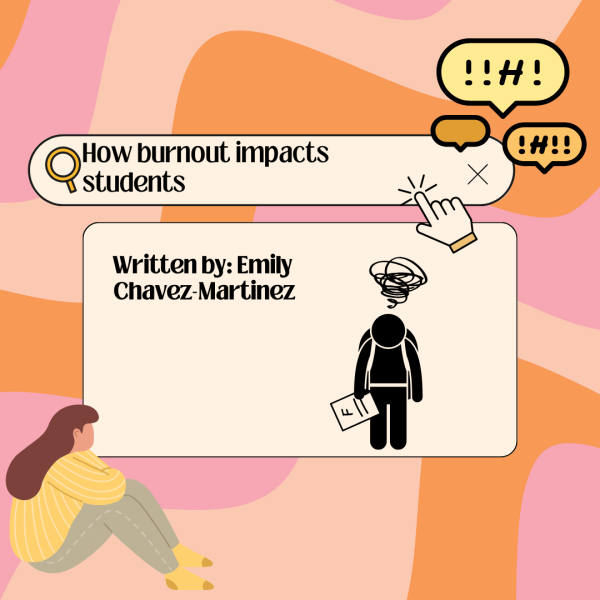
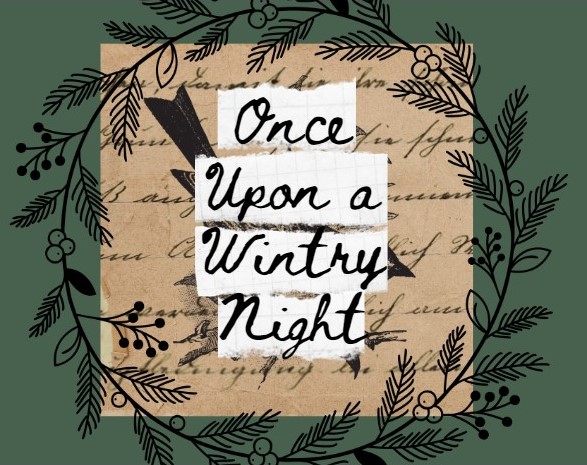
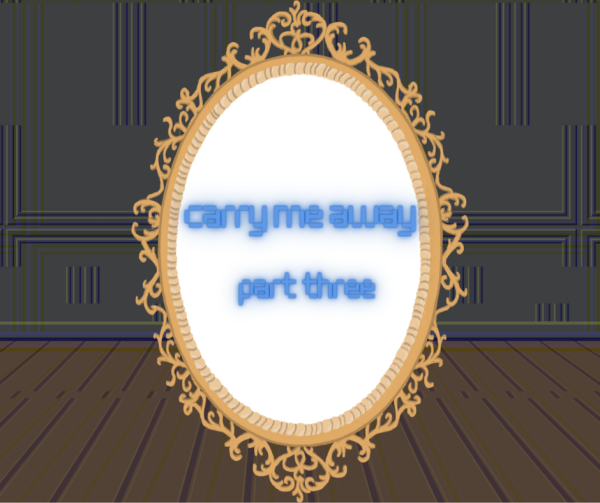

Beth Wallis • Dec 17, 2020 at 11:42 am
This is really helpful, thank you!